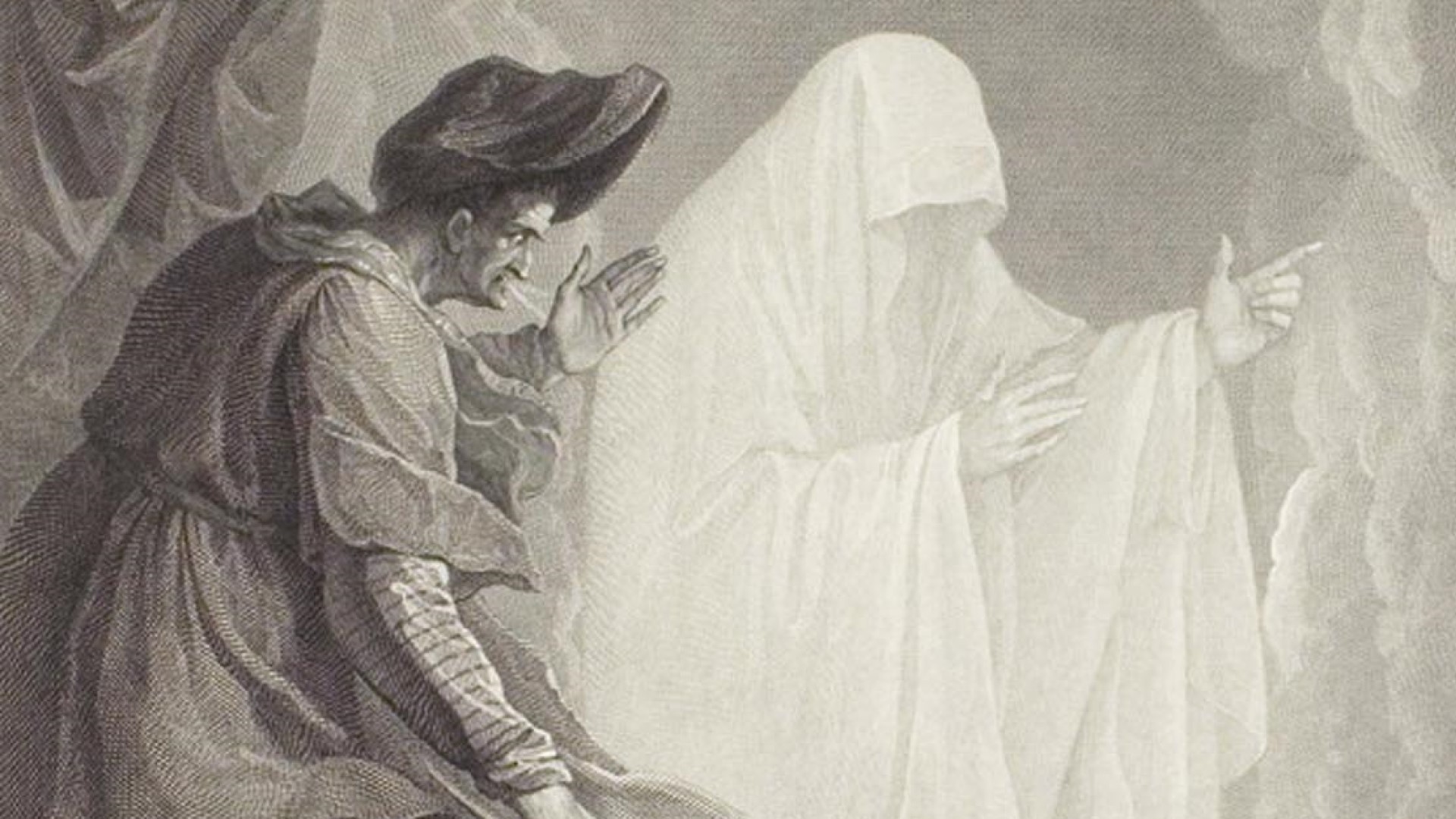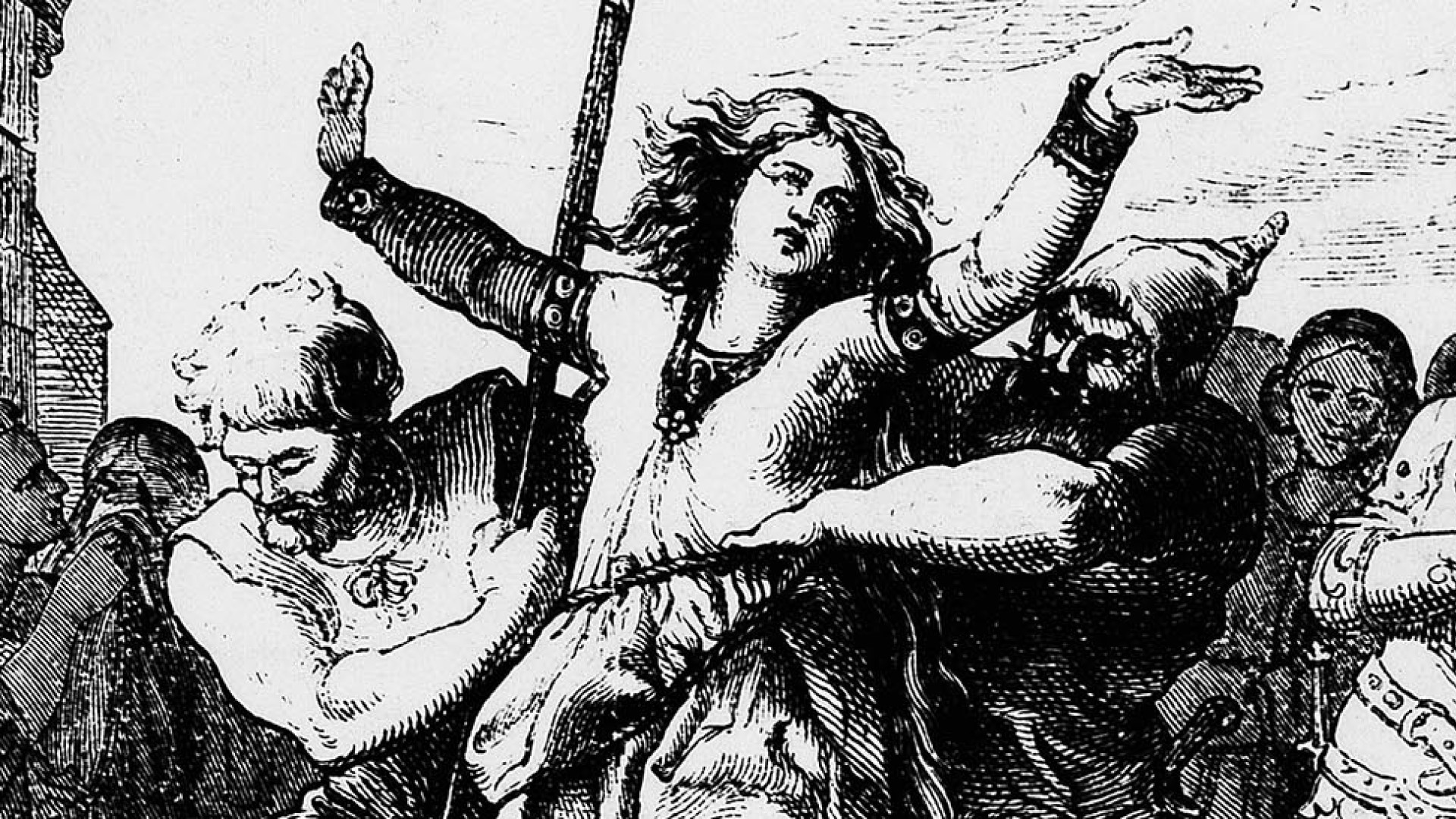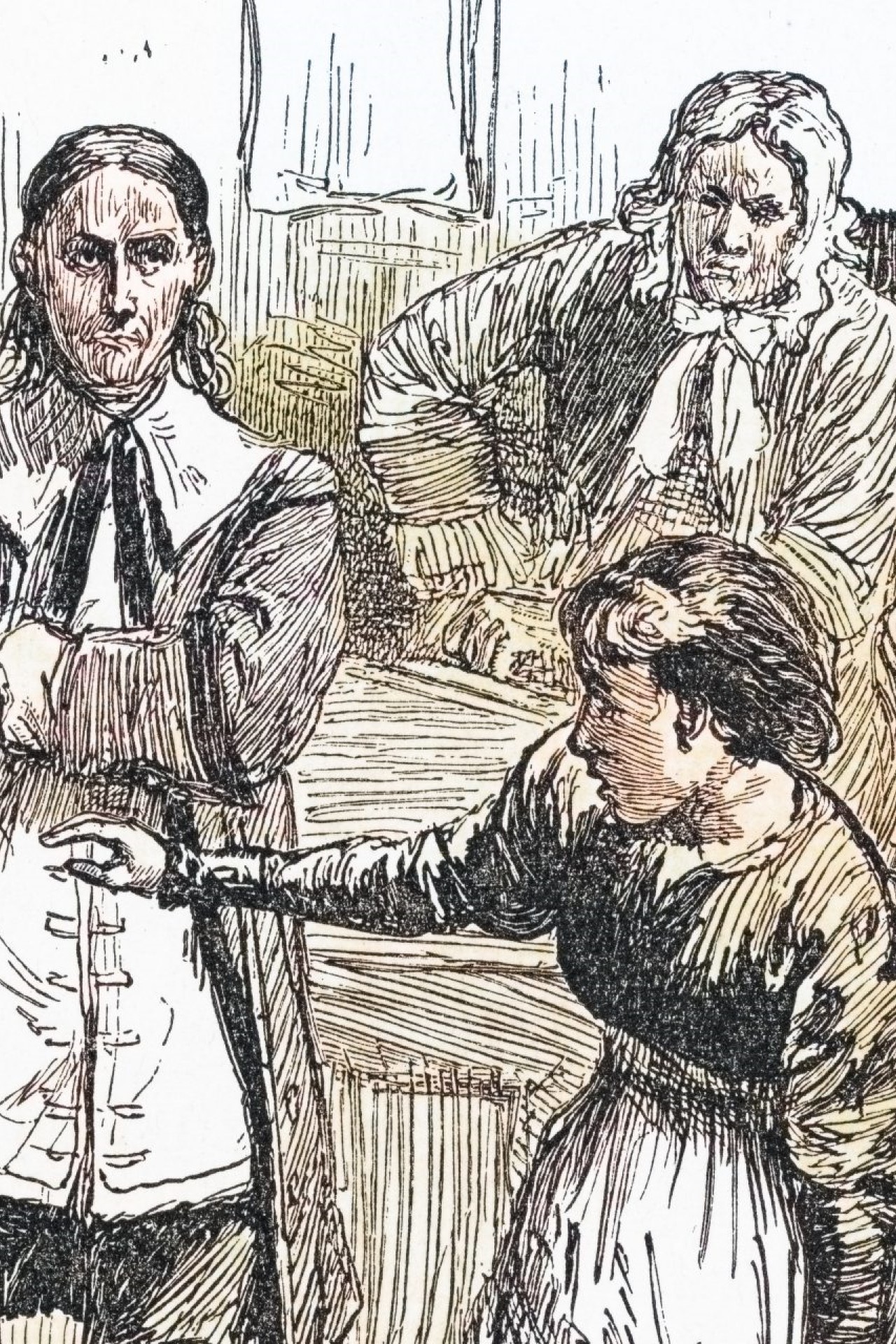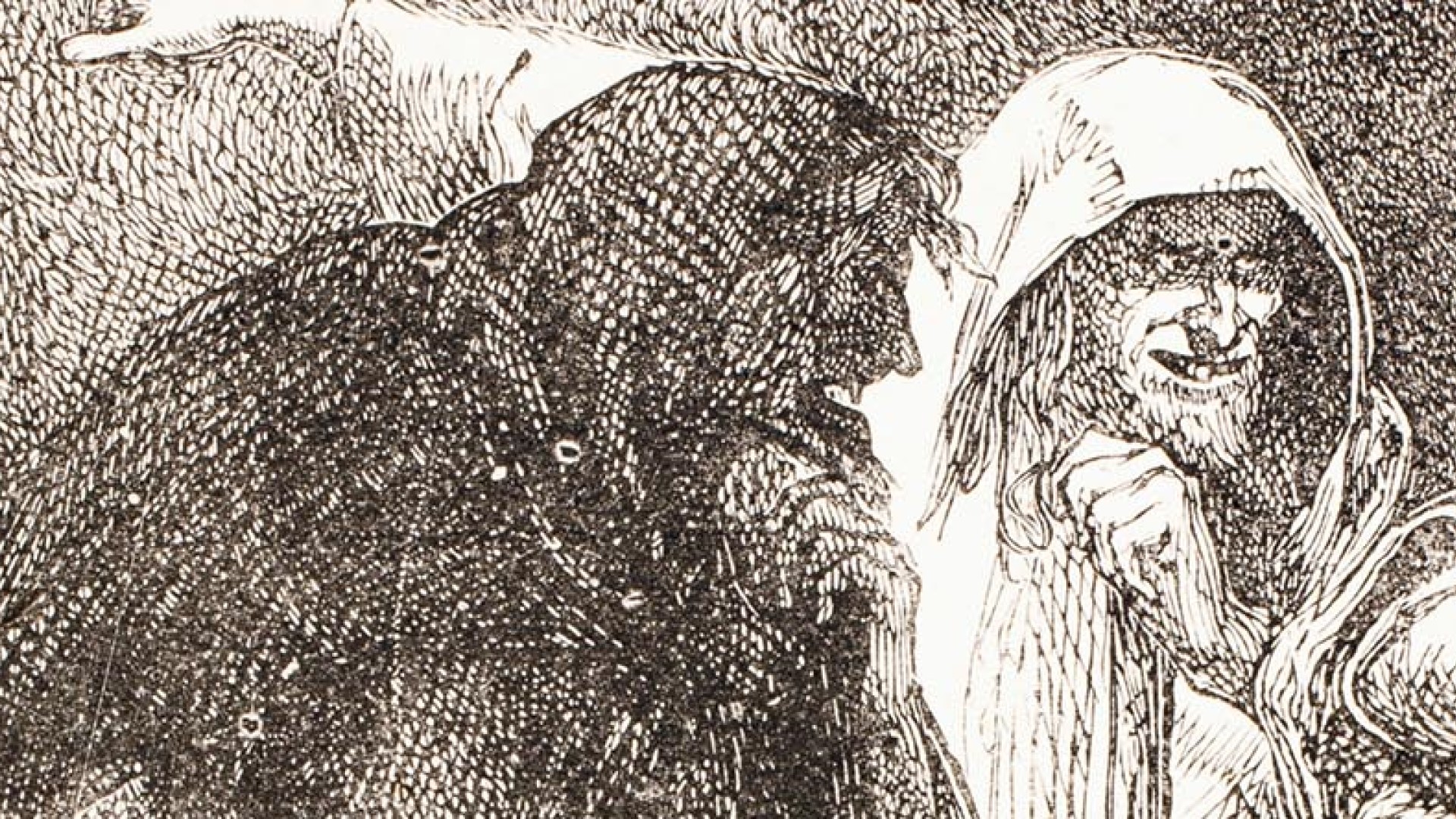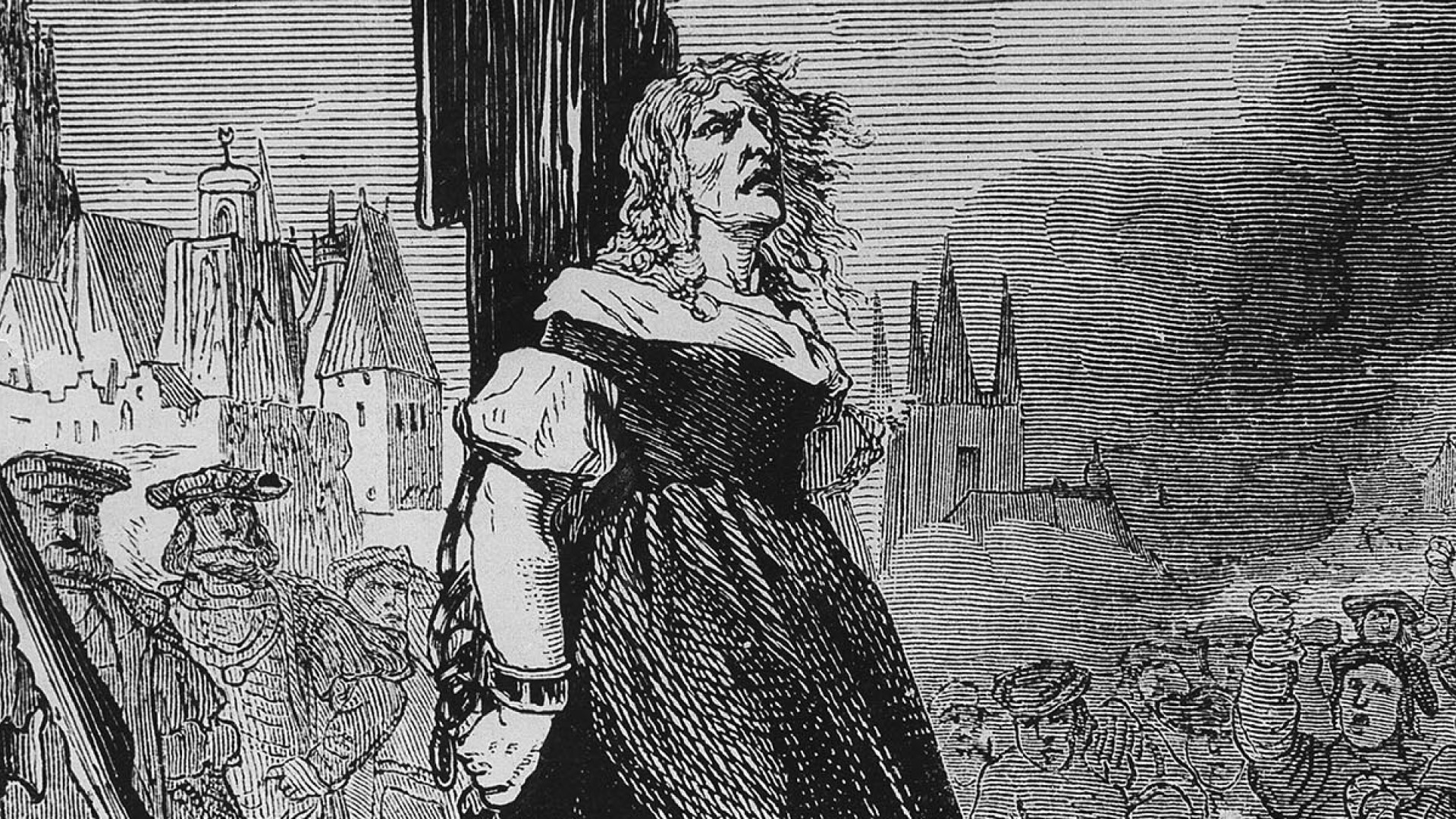Legends and curious facts about witches
Witches have been the origin of many myths and legends. They are fascinating as well as scary. Historically, women were the ones to be called witches, and unfortunately, they were also the protagonists of terrible and unfair judgments…
Witches are at the core of many myths that continue to circulate in places all over the world. They are a source of literature, movies, and even holiday destinations. Are you brave enough to discover these curious stories and facts about the history of witches?
Image: Sierra Koder / Unsplash
If we want to get to the origin of witches we have to go back to ancient times, specifically to the passages of the Bible. In the holy book, Saul used the services of a witch who lived in En-Dor to speak to Samuel after he had already passed away.
Although there's not much reference to witches during those early times, people saw them as something to be afraid of, maleficent, and something that should be forbidden. In 450 B.C., The Law of the Twelve Tables or the Cornelia Law dictated that those who practiced witchcraft would be sentenced to death.
We also find some references to witches in Ancient Greece where they were thought to come from the region of Thessalia. According to the Book VI of Marcus Annaeus Lucanus' Pharsalia, the witch Erictho lived there.
In Rome, the legends talk about how Horace saw the witch Canidia in the Esquiline, one of the seven hills of the city, and described all the horrible things the witch did to others.
Image: Birmingham Museum Trusts / Unsplash
But it wasn't until the Middle Ages that the incidents we now know about witches took place. It was a time of persecution and terrible punishments for all women accused of witchcraft. This practice spread throughout Europe and North America from around 1480 till 1750.
There were also men accused of being sorcerers and wizards and they were also sentenced to death for it. But usually, it was believed that women, because of their "moral weakness," were more vulnerable to the persuasion of the dark arts.
As opposed to the apparent ideas about women as susceptible to evil, an underlying fear of women becoming too independent actually drove the persecutions in the 16th and 17th centuries, historians say. If a woman was a wealthy widow who did not mind the customs of a town all too much, for example, she was more likely to be accused of witchcraft. Her trial would be a way for the ruling class to keep the women in their traditional place.
Witches were sentenced for their diabolic actions and accused of being the source of all evil. Starvation? The witches' fault; Epidemics? Their fault; Plagues? The witches did it again.
After The Eighty Years' War, there was a period of extreme cold, causing European farmers to lose their crops. The situation led to huge starvation and people died due to illnesses such as the plague, smallpox, the flu, and measles… Who did they blame for all those tragedies? Witches.
Some of the women accused of witchcraft were burned at the stake after going through popular trials. People, who at the time were very superstitious and easily scared, didn't care whether they were truly guilty or not. If they were accused of witchcraft, they were sentenced.
Although our immediate thought is that all witches were burned at the stake, there were other ways to apply sentences. For example, there are records that indicate that some of the witches sentenced in the American town of Salem were hanged, while others were cruelly tortured in order for them to confess all their secrets.
The only evidence they needed to accuse and sentence a "witch" was for these women to appear in somebody else's dream doing "weird stuff" or with physical malformations or just a bit blurry. That, without any reasonable doubt, meant that they were marked by the devil.
Image: Jr. Korpa / Unsplash
Pope Innocent VII took all those popular beliefs and turned the witches into the source of every wrongdoing in the world. They were accused of murder, manipulating, and going against marriage and having children.
Image: Ksenia Yakovleva / Unsplash
The church was so concerned about witches that two clerk men (Jakob Sprenger and Heinrich Kramer) created the Malleus Maleficarum, a book that described how to identify a witch and called for a "witch hunt".
We now have a vivid idea of what a typical witch would look like, but that image has been shaped over the years. For example, Pope Innocent III accused many Jews of plotting and associating with the devil, so, to identify them, he forced them to wear a typical Jewish pointy cap. This is said to be the origin of the witches' characteristic hat.
Image: Monstera / Pexels
Another remarkable myth about witches is that they are said to fly using a simple broom. Its origins have to do with the alleged witchcraft rites, in which the sorceresses would chew on mandrake. This plant can provoke hallucinations and even make you feel as if you were floating, or possibly, "flying."
Image: Thirdman / Pexels
As we will see next, the rest of the "accessories" or elements associated with witches (the broom, the ugliness, and the dark clothes) are things we owe to painters.
Image: Mosntera / Pexels
As we have mentioned, the stereotypical ugly witch with warts is strictly related to art. In fact, it was the famous Flemish painter Pieter Bruegel 'The Elder' who depicted grotesque witches in his paintings. They would be hovering over their bubbling cauldrons and flying on their brooms.
Witchcraft has been represented in many different ways in different parts of the world. It is like this that the Western world has generally imagined the outfits of witches.
Image: 'Hocus Pocus,' Disney, 2022
Witchcraft has been represented in many different ways in different parts of the world. It is like this that the Western world has generally imagined the outfits of witches. They are Halloween's perfect costumes.
Image: Steve Dimatteo / Unsplash
Wicca is one of the most practiced ways of witchcraft in present times. People adhering to its beliefs perform rites that are called sabbats and esbats. One of their most famous gatherings is celebrated on the night of October 31. Yes, on Halloween.
Image: Cottonbro / Pexels
Legend has it that witches get their powers through a pact with the devil. Satan grants them the knowledge of black magic and dark arts, and, in return, witches have to serve their evil master by casting spells and cursing people.
Image: Freestocks / Unsplash
It is also said that witches gather in the forests in the middle of the night to cast their spells. These reunions are called sabbats, just like the meetings present-day Wiccans attend.
To attend those ill-intentioned gatherings, witches allegedly take the quickest transport possible: flying brooms. They perform what's commonly called 'the witches' flight' where all the witches cover the sky whilst flying on their brooms thanks to their evil powers.
Legend also has it that witches are generally lonely women who live by themselves, and only in the company of animals. They were called 'familiars' and are even meaner than their owners. Although a black cat is the epitome of a witch's pet, witches supposedly have all sorts of creatures as familiars: ravens, toads, spiders, rats, bunnies…
Image: Claudia Wollesen / Pixabay
In fairytales, witches are infamous for eating children and using their bones to make potions. In countries like Russia, the Czech Republic, and Poland, witches allegedly snuck into children's rooms at night to pinch them and drink their blood.
Image: Rauscehnberger / Pixabay
In every corner of the planet, there's a story, a village, or a legend connected to witches: Triora in Italy, Zugarramurdi in Spain, Pendle and Samlesbury in the United Kingdom, or Salem in the United States (image).
We have to emphasize, however, that most people consider witches to be in the realm of fantasy and fiction. The only thing we can learn from them is how societies have portrayed women and other minorities over time and what it means to create, and to be, a stigmatized group.
Image: Rhett Wesley / Unsplash



